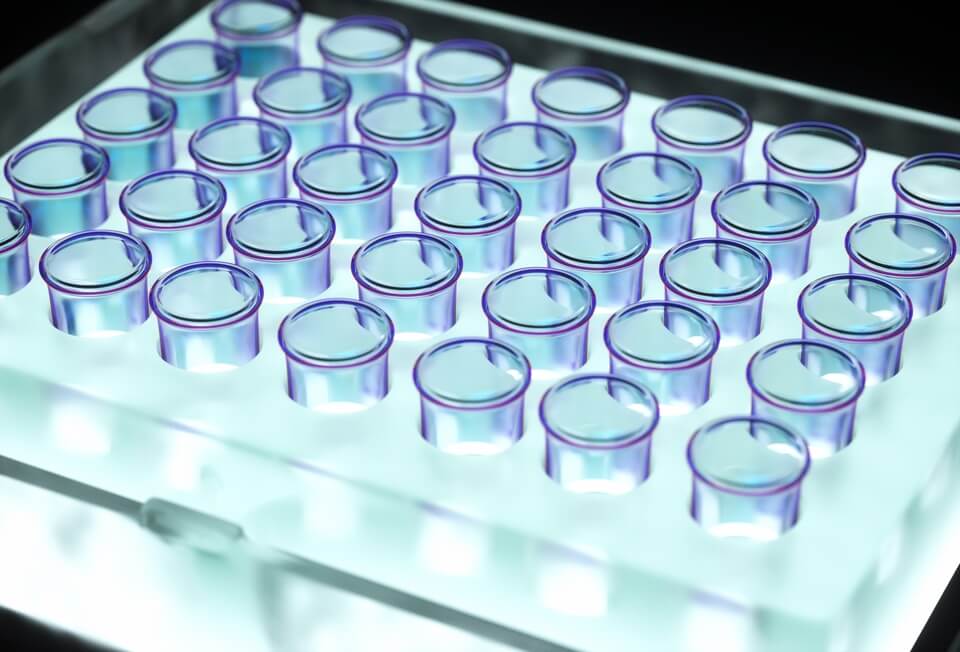This section details the collection of specimens during legal genetic analysis. Since genetic analysis involves the extraction and analysis of DNA, proper specimen collection is extremely important. Below are the types of specimens commonly used in legal genetic analysis and their collection methods.
Specimen Type
- blood
- Collection method: Blood is drawn from a vein in the arm using a blood collection needle. A small amount of blood (a few milliliters) is sufficient. Fetal DNA can be extracted by drawing blood from the mother.
- Advantages: Contains large amounts of DNA and is of consistent quality.
- Intraoral cells (oral swab)
- It is taken from the buccal mucosa of the pseudo-father and mother.This is the most common specimen collection method.
- Collection Method: Cells are collected by rubbing the inside of the mouth (inside the cheek) with a cotton swab. Usually a few rubs are sufficient.
- Advantages: easy and painless collection, especially suitable for children and those with resistance.
- hair
- Collection method: Remove a few hairs with the roots attached.The hair roots contain DNA.
- Advantages: Easy collection, less invasive.
- nail
- Collection method: Nails are clipped and provided as specimens.
- Advantages: long shelf life and relatively easy collection.
- Other body fluids and tissues
- Collection Methods: Saliva, semen, and tissue fragments can also be used as DNA samples.Collect and store in appropriate containers.
- Advantages: Samples available under certain circumstances.
Precautions for specimen collection
- Aseptic manipulation: Aseptic techniques are used to ensure that specimens are not contaminated. Gloves are worn and disinfection is thoroughly performed.
- Proper storage: Samples should be placed immediately after collection in an appropriate storage container and kept refrigerated to preserve quality.
- Accurate labeling: Samples are always labeled and recorded with the name of the person who collected them, the date and time of collection, and the type of specimen.
- Obtaining consent: Always obtain written consent from the test subject before performing a legal genetic test. In the case of a minor, the consent of a parent or guardian is required.
- Chain of Custody: The chain of custody records who a specimen has passed through between collection and authentication, thus preserving the reliability of the evidence.
Importance of Specimen Collection in Legal Proceedings
- Ensuring the reliability of evidence: Specimens collected in an appropriate manner are more reliable as evidence in legal proceedings. At HIRO CLINIC, we perform identity verification and videotaping in the presence of a physician during specimen collection. By recording the specimen during collection, we are able to verify that the specimen is indeed the patient’s. The video is stored on a highly secure AWS server. The video is stored on a secure AWS server.
- Accuracy of results: High quality specimens are essential for accurate genetic analysis results.
- Privacy protection: Respect the privacy and rights of the examinee and treat them appropriately with their consent.
By adhering to the above points, specimen collection in legal genetic analysis is properly conducted and reliable results are obtained.
Latest Articles
Supervisor of the article

Dr. Hiroshi Oka
Graduated from Keio University, Faculty of Medicine
Doctor of Medicine
Medical Doctor









